Basal Cell Carcinoma (BCC)
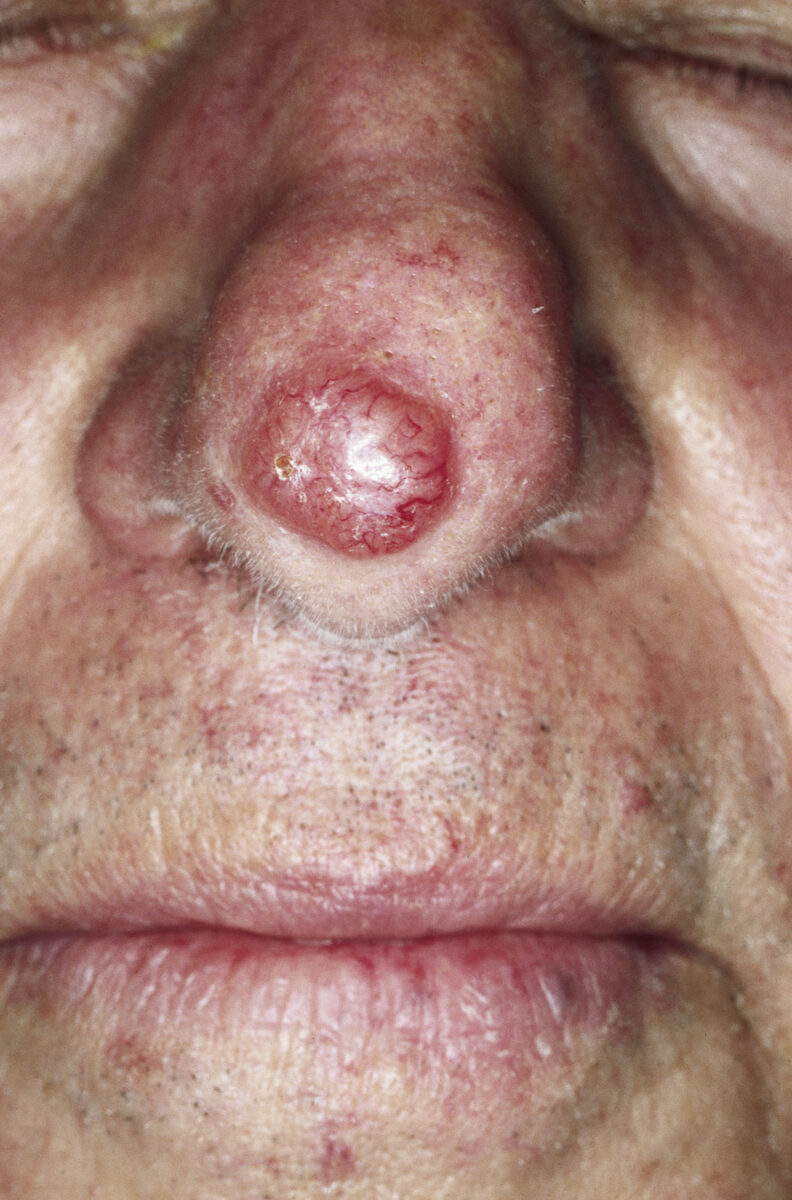
Overview Definition Basal cell carcinoma is a skin cancer arising from the basal layer of epidermis and its appendages. Epidemiology Most common cancer worldwide Most common skin malignancy Age-adjusted incidence in the United States is 226 per 100,000 person-years. > 1 million basal cell carcinomas are treated annually in the United States. Men > women […]
Amyloidosis
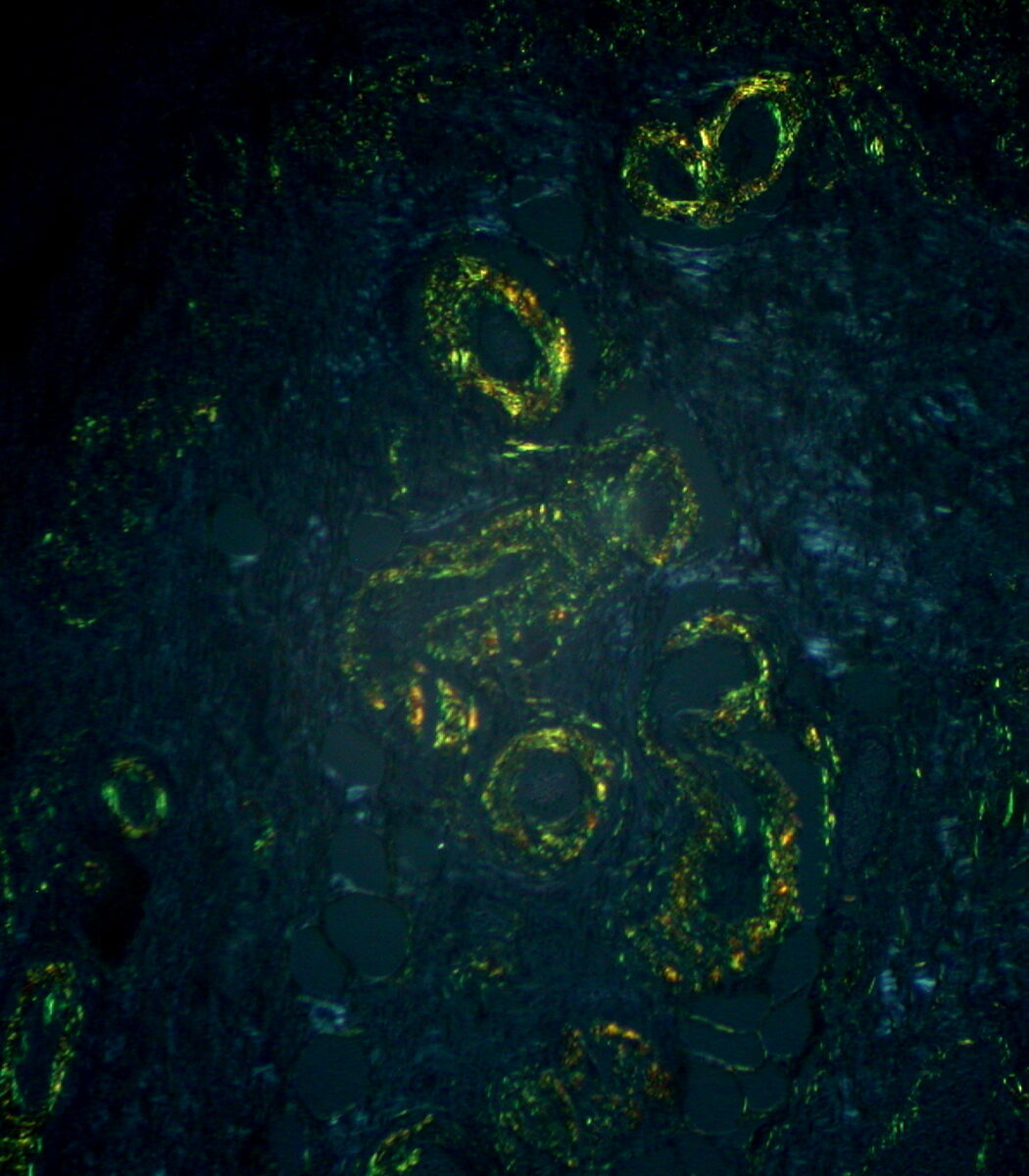
Overview Definition Amyloidosis is a disease caused by abnormal extracellular tissue deposition of fibrils composed of various misfolded low-molecular-weight protein subunits. Classification Etiology Systemic amyloidosis: Localized amyloidosis: Hereditary amyloidosis: Epidemiology Pathophysiology Types of Amyloidosis Systemic amyloidosis Table: Systemic amyloidosis and the major organ systems affected Disease Amyloid protein Organs involved Specifics Primary amyloidosis AL Systemic […]
Acne Vulgaris
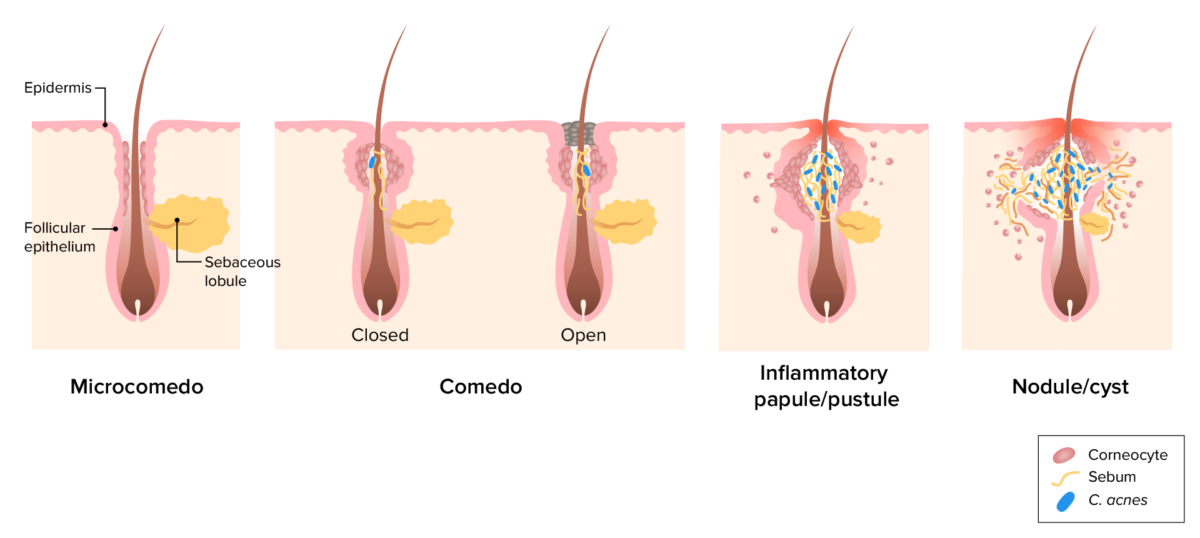
Overview Epidemiology Etiology Pathophysiology Acne vulgaris is a disorder of the pilosebaceous unit (which includes the hair follicle and sebaceous gland) and is characterized by 4 pathogenic factors: Clinical Presentation Classification and presentation of acne lesions Noninflammatory acne (comedones): Inflammatory acne: Common locations Sequelae Severe variants The following variants are rare forms of acne that […]
Secondary Amenorrhea
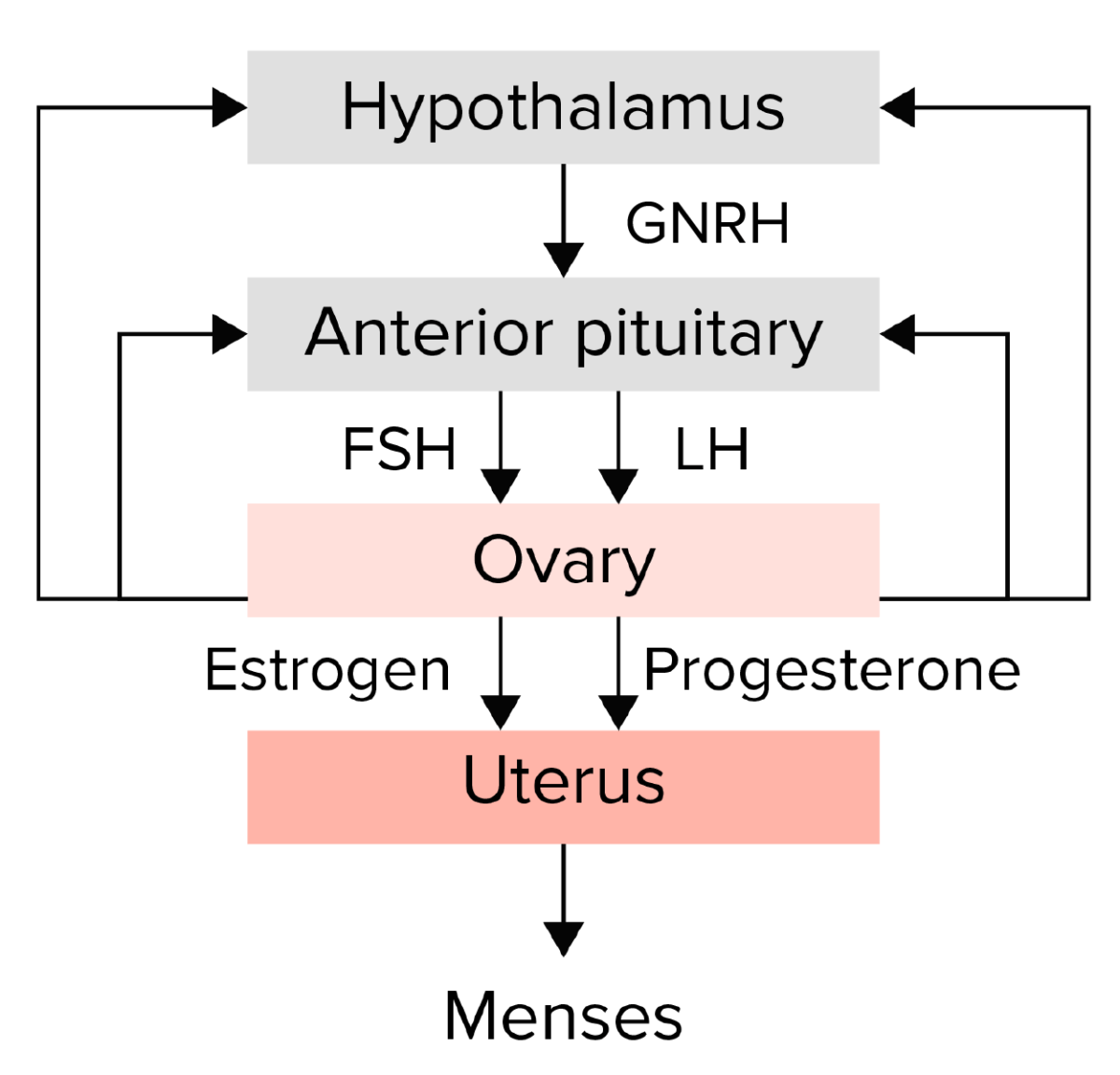
Overview Definition Secondary amenorrhea is defined as: Normal physiology Hormones of the hypothalamic–pituitary–ovarian (HPO) axis and all relevant anatomy must be present and functioning in order for menstruation to occur regularly. Etiology and Pathophysiology Obstetric causes Pregnancy is the most common cause of secondary amenorrhea. Always rule this out first! Hypothalamic and pituitary causes Ovarian […]
Immune Thrombocytopenic Purpura
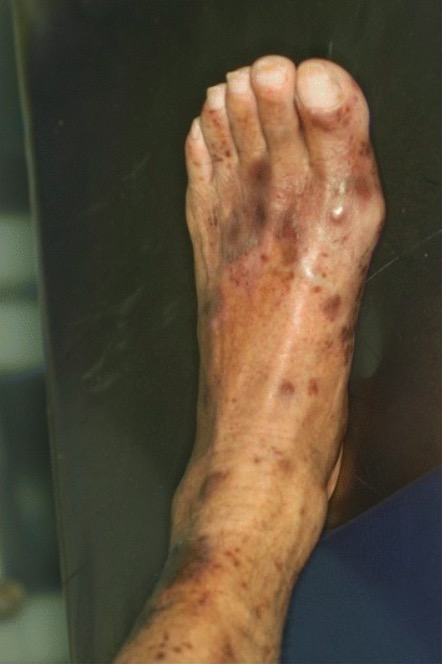
Overview Definition Immune thrombocytopenic purpura (ITP) is an acquired thrombocytopenia that results from autoantibodies targeting platelet antigens. Epidemiology Annual prevalence in the United States: 8 cases per 100,000 children 12 cases per 100,000 adults 40% of patients are younger than 10 years of age. The peak incidence in children is 2–4 years of age. The […]
Hemophilia

Overview Definition Hemophilias are a group of disorders of secondary hemostasis due to the deficiency of specific clotting factors. Epidemiology About 400 children per year are born with hemophilia in the United States. 3 different types have been described: Etiology Genetic mutation resulting in deficiency of clotting factors: Acquired hemophilia: Pathophysiology Genetics Clotting cascade Clinical […]
Vitiligo

Definition and Epidemiology Definition Vitiligo is a progressive skin condition in which there is destruction of melanocytes resulting in the loss of skin pigmentation. Epidemiology Etiology and Pathophysiology Etiology The cause of vitiligo is unknown, but is postulated to be a result of multiple factors. Pathophysiology Clinical Presentation and Diagnosis Clinical presentation Vitiligo results in […]
Melasma

Overview Definition Melasma, also known as chloasma, is a benign condition of the skin characterized by hyperpigmentation in sun-exposed areas. Epidemiology Etiology Pathophysiology Hyperactive melanocytes deposit excess melanin in the epidermis and dermis of the skin. Clinical Presentation and Diagnosis Clinical presentation Patients develop hyperpigmented lesions. Diagnosis The diagnosis of melasma is clinical. Management and […]
Albinism
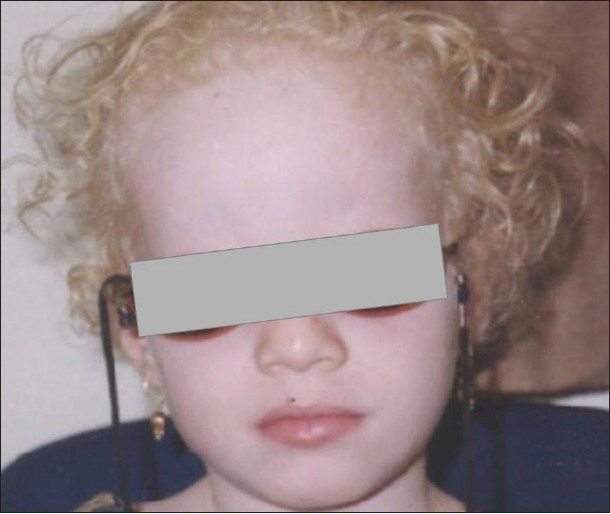
Overview Definition Albinism is a group of inherited disorders affecting the production of melanin and resulting in hypopigmentation. Classification Albinism is classified according to its clinical phenotype: Epidemiology Etiology Albinism results from inherited genetic mutations. Pathophysiology and Clinical Presentation Pathophysiology Clinical presentation The presentation can vary depending on the different genetic subtypes. However, the following […]
Osteomyelitis
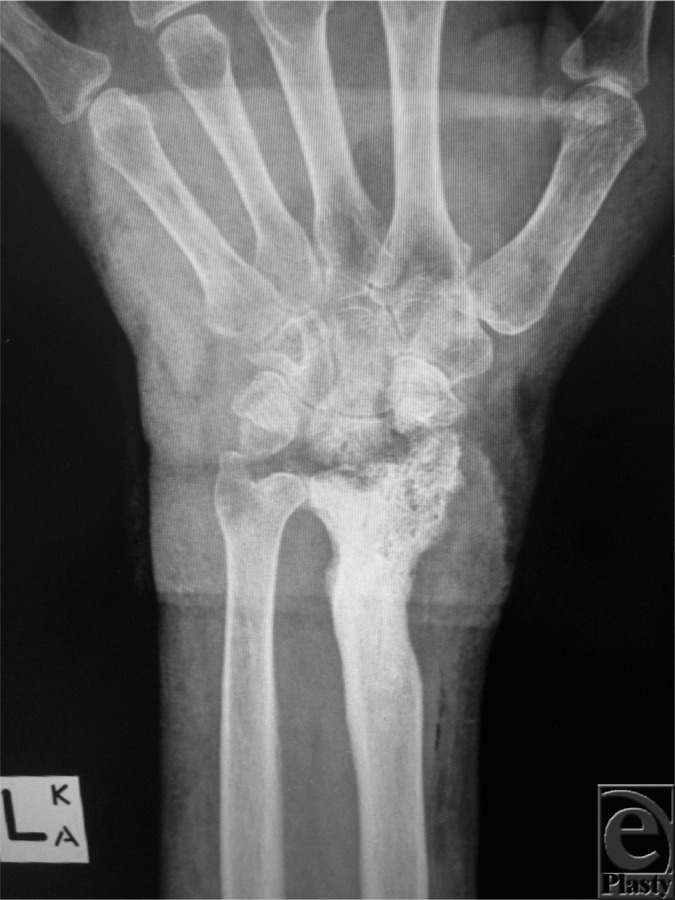
Epidemiology and Etiology Epidemiology Etiology and classification Osteomyelitis is classified based on the route of infection. Non-hematogenous osteomyelitis (80% of cases): Hematogenous osteomyelitis (20% of cases): Risk factors Table: Common causes of osteomyelitis based on patients’ underlying risk factors Risk factors Infectious agents No specific risk factor S. aureus Prosthetic joint replacement S. aureus S. […]